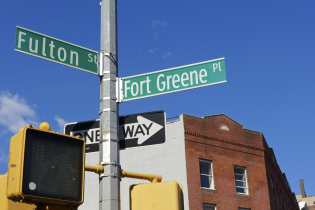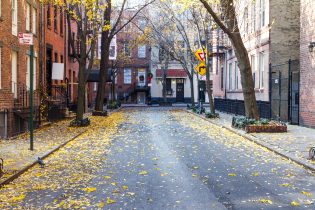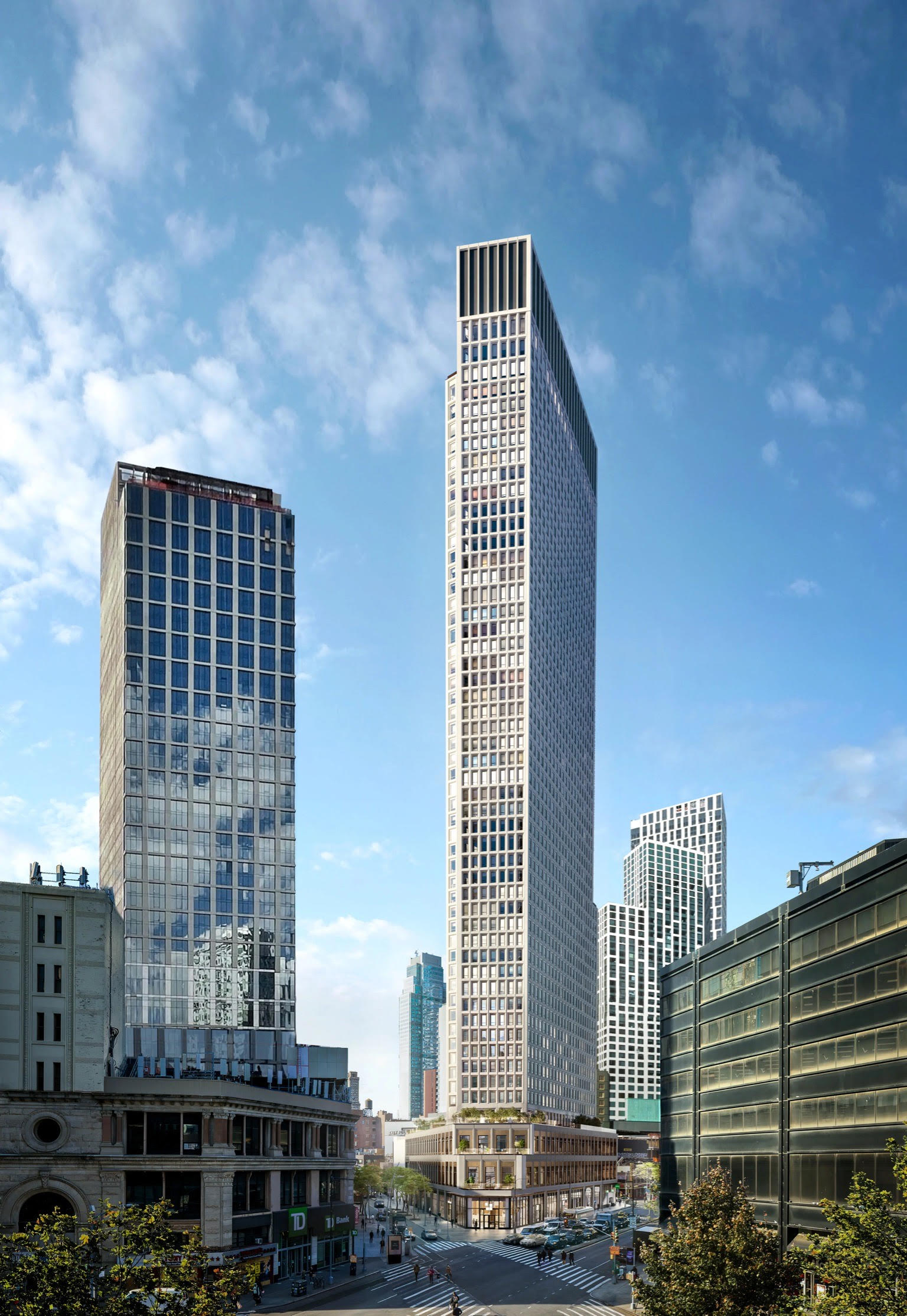Your Guide to the East Village NYC
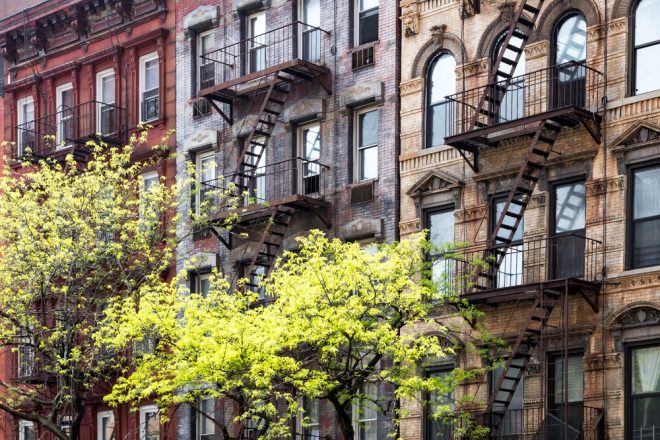
If you had to imagine a cool, bohemian NYC neighborhood, the East Village immediately springs to mind. Some of the trendiest restaurants and hippest boutiques in the borough lay situated in the area, while massive skyscrapers and bustling traffic fill every inch of space. If you ever wanted to live in the center of the action, you couldn’t ask for a better locale.
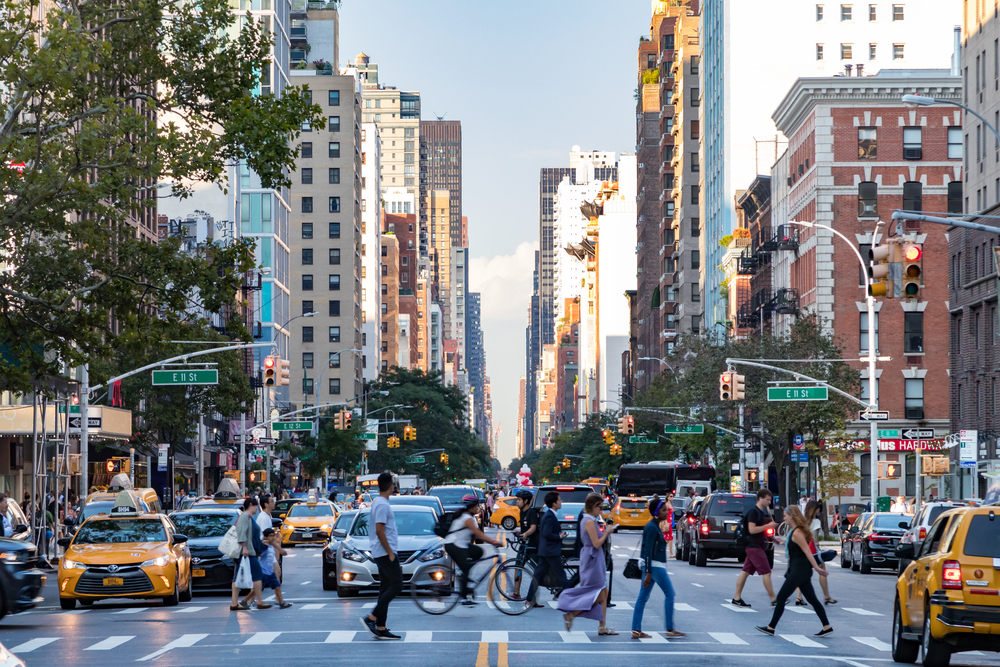
This iconic portion of lower Manhattan has changed dramatically over the years, but nowadays spans from Avenue A to Astor Place, and encompasses everything from East Houston St. to East 14th St. If you end up walking through this portion of the city, you might never guess that this modern and happening part of NYC helped give birth to punk rock and spawned some of the most challenging poetry and art in American history.
How the East Village NYC developed

The area that would eventually become known as the East Village NYC has a history that stretches back even before Manhattan became a Dutch colony. According to the New York Times, the land originally belonged to the Lenape people, but by the 17th century, Dutch settlers found their way to the land. The neighborhood that eventually morphed into the East Village quickly developed, and iconic landmarks that drew on Georgian aesthetics, like St. Mark’s Church In-The-Bowery, started springing up by the 1830s. Affluent citizens of the city started moving to the area around the same time, and mansions started popping up on streets like St. Mark’s Place.
Before long, the neighborhood started attracting immigrants from Eastern Europe, and by the 1890s, tenement housing appeared in close proximity to the luxury homes of New York’s elite of the era. Waves of immigrants continued to make their way to the area through the end of World War II, and echoes of East Village’s past can still be felt in the Ukrainian Village and a variety of Russian and Turkish bath houses, per Culture Trip.
Gothamist reports that immigrants fleeing Europe continued to define the area all the way through the end of World War II. At the time, this portion of Manhattan was still considered the Lower East Side and had yet to receive its current moniker. All of this would change in the 1960s, as artists, poets, and countercultural figures migrated towards Greenwich Village.
By 1964, aspiring bohemians couldn’t find affordable housing in Greenwich Village and started moving towards adjacent portions of NYC. As residents had to find lodging in adjacent neighborhoods, real estate firms, new transplants to the city, and even The New York Times started rebranding a nearby portion of the Lower East Side as the East Village. This unofficial new name enraged longtime residents who resisted the beats and hippies that started finding their way to their neighborhoods. The changing neighborhood created friction between the two groups, as local residents saw these new figures as “uptown invaders” who had come to gentrify their tight-knit communities.
By 1966, the East Village name firmly took hold, and the area would continue to see another major shift. Iconic clubs like CBGB popped up in the area and the neighborhood became a hotbed for punk rock. The East Village NYC gave rise to bands like The Ramones and became synonymous with rock music all the way to the present day.
What makes the East Village NYC unique
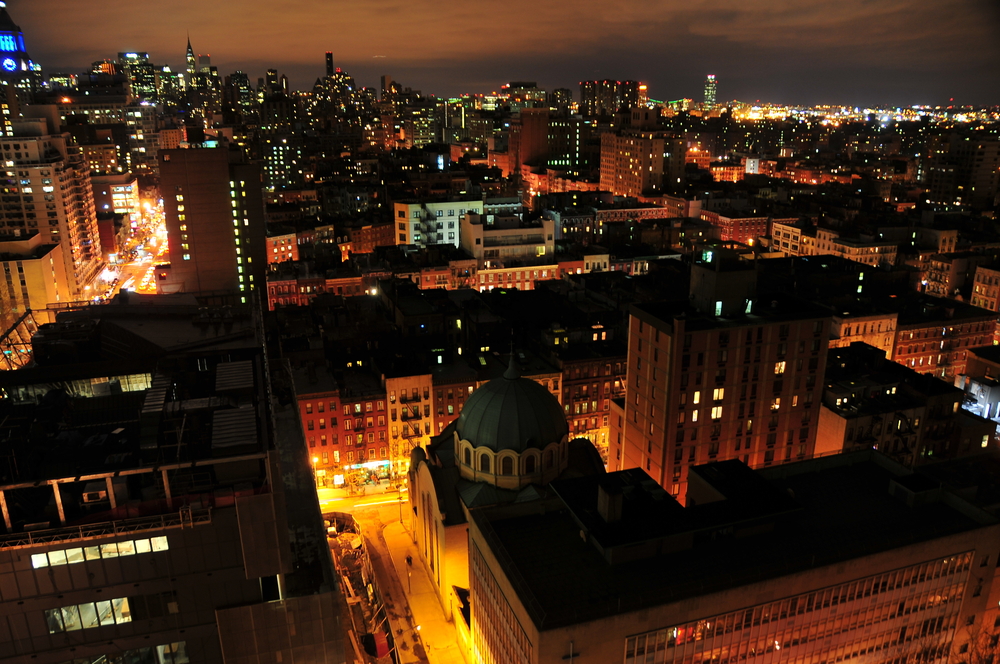
Very few parts of New York City look quite like the East Village. Some of the best restaurants and bars in America have found their way to the neighborhood. Chef David Chang set up his Momofuku restaurants in the area, and diners can visit the Momofuku Noodle Bar, Ssam Bar, Fuku, or Momofuku Ko. NYCgo also lists SenYa and Noreetuh as must-visit restaurants that occupy the neighborhood. The East Village NYC additionally boasts some of the most iconic bars around. Death & Co., a premiere prohibition-themed cocktail bar, dishes out drinks, while Please Don’t Tell, a speakeasy accessed through a phone booth found in a hotdog restaurant, continues to wow locals and visitors alike.
The East Village NYC’s proximity to New York University and The New School help color the vibe of the area and attract a ton of culture. Thanks to these factors, the neighborhood has a distinct feel that distinctly sets it apart from other uptown locales. Knowing the difference between Uptown vs. Downtown Manhattan can feel huge and makes all the difference when you start searching for a new place to live. Knowing exactly what you want in a neighborhood can make all the difference, and luckily, the East Village NYC has some key features that make it a great place to live in.
The best things to see and do in the East Village NYC
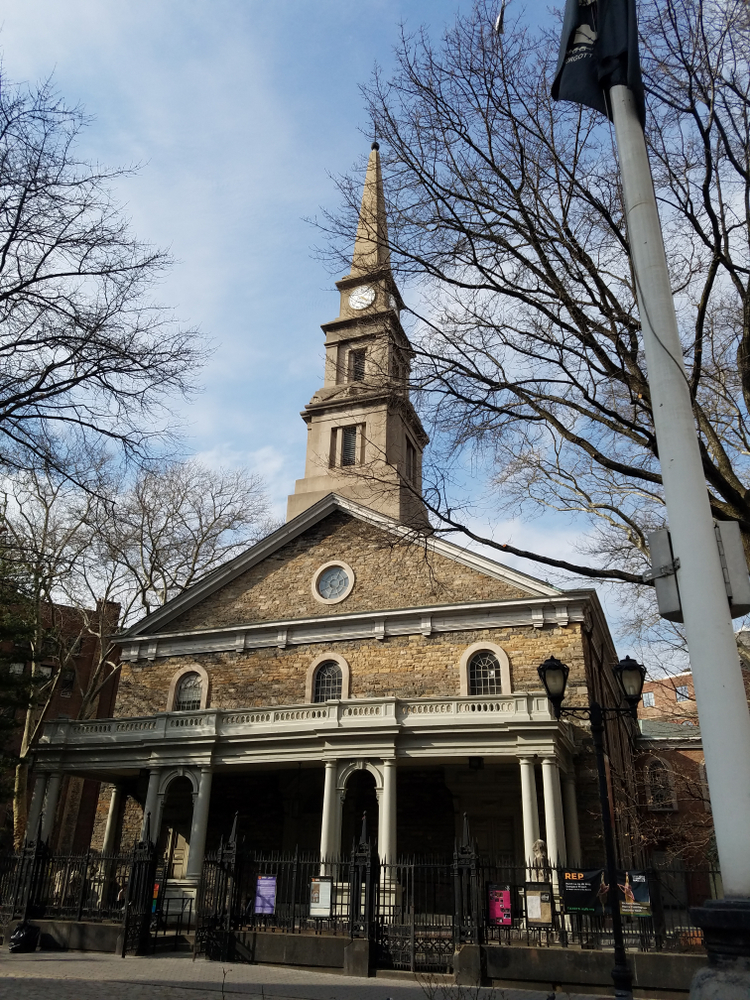
If you love the action of New York City, you should consider the East Village NYC as a perfect place to live. In addition to a ton of great boutiques, restaurants, and bars, the neighborhood boasts vibrant green spaces, iconic landmarks, and a living history that continues to attract history buffs every day. While the neighborhood is relatively small compared to the overall scope of Manhattan, some of the city’s most iconic sites call the East Village NYC home.
Anyone who loves to take in the history of the city has to check out some of the oldest buildings found in the East Village. St. Mark’s Church in-the-Bowery ranks as one of the first churches of New York City that still stands and played a major role as a cultural center of the area as the East Village developed over the course of the 1960s, according to the church’s website.
Tripadvisor also recommends checking out the ultramodern Cooper Union Foundation Building, a building that opened in 1859 and served as a meeting point for intellectuals and thinkers throughout the city, according to the organization’s website. The building once ranked as the tallest building in lower Manhattan and was constructed with the intention of accommodating an elevator shaft, a device that had yet to be invented when the building was first designed.
Loving New York also recommends a few iconic New York attractions that you can’t find anywhere else in NYC. St. Marks Place served as an epicenter of arts and culture in NYC through the 1970s, and nowadays, this historic area boasts a solid handful of restaurants, bars, and stores. Abraham Lincoln made his famous Cooper Union speech at Astor Place, and this part of the East Village now contains a variety of art schools. A full day in the neighborhood can’t feel complete without a trip to The Strand, one of the largest new and used book stores in NYC. With so many things to do and see, anyone who wants to put themself in the middle of NYC’s action should think about finding a home in the East Village.
How much does it cost to live in the East Village NYC?
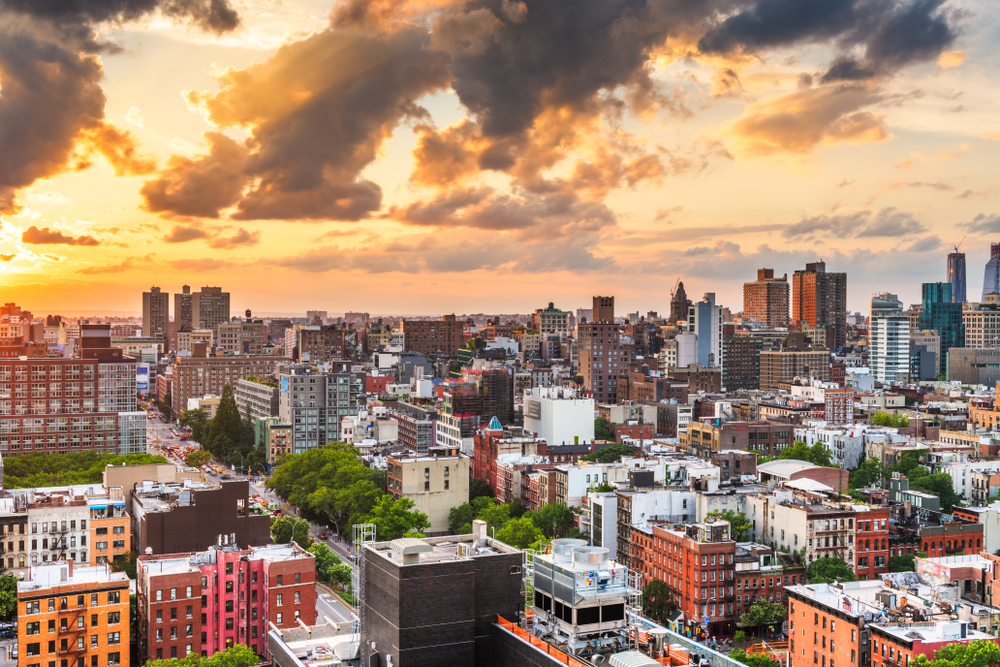
Finding a place to live in the East Village NYC can feel daunting, especially these days. Bloomberg reports that anyone looking to rent an apartment has continued to face rising prices. Investing in a home may prove better in the long run, and a ton of options are available. Condos in the area run between $1.22 million and almost $6 million, depending on the locale and square footage available.
On the lower end of the spectrum, a 730-square-foot apartment with one bedroom and one bathroom could set you back by about $1,220,000, while a 750-square-foot apartment with one bedroom and one bathroom on E Houston St. goes for almost $1.5 million. If you love the idea of moving into a home with a bit more leg room, you might need to spend more than $5 million.
A historic three-bedroom, 3.5 bathroom condo that clocks in at 2353 square feet costs $5,950,000, while a modern 3,082-square-foot condo on E 1st St. hit the market with an estimated value of $5,855,000. While these prices are steeper than location listings in other boroughs, securing a home in this historic neighborhood puts you in the center of New York City’s vibrant cultural life and lets you take in the best that the city has to offer.
Where is the best place to live in the East Village NYC?

While this portion of Manhattan may not rank as the largest neighborhood in the five boroughs, its extensive property listings make it fairly daunting to navigate alone. Finding your ideal home in this area can feel like an uphill battle, but with the right help, you can lock down the perfect condo or apartment in the East Village that perfectly fits your lifestyle.
In order to figure out which part of the East Village NYC best suits you during your next home hunt, contact a NewDevRev real estate expert. These associates have the know-how to get you moving into your new home and can quickly get you settled and exploring this iconic NYC neighborhood in no time.
Reach out to a NewDevRev real estate expert today!
